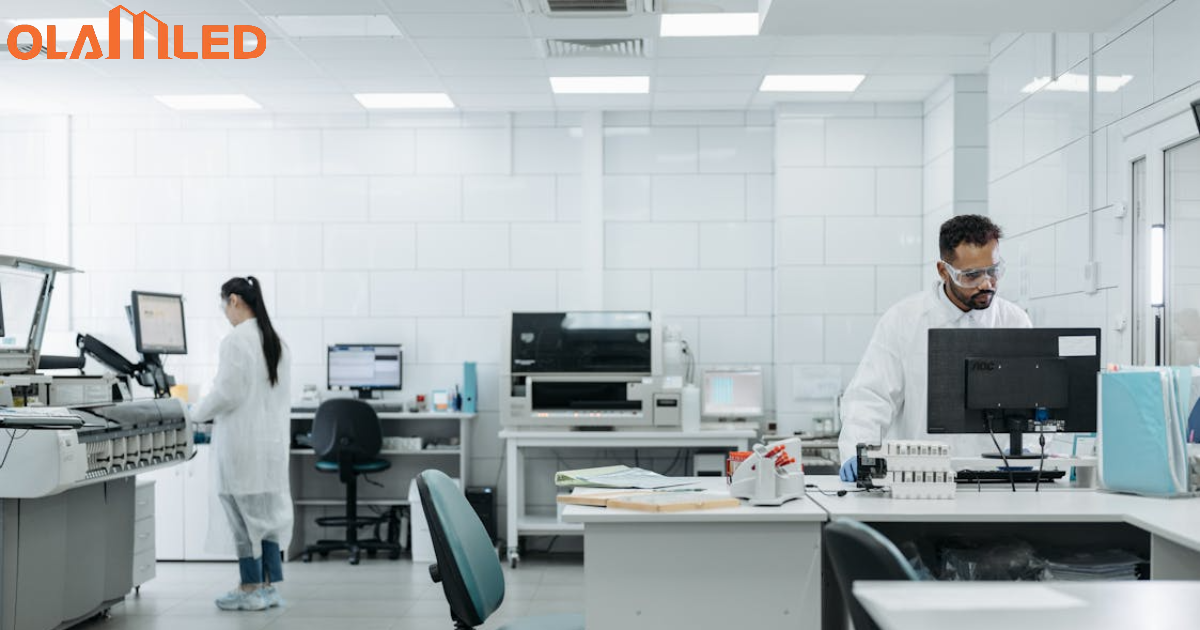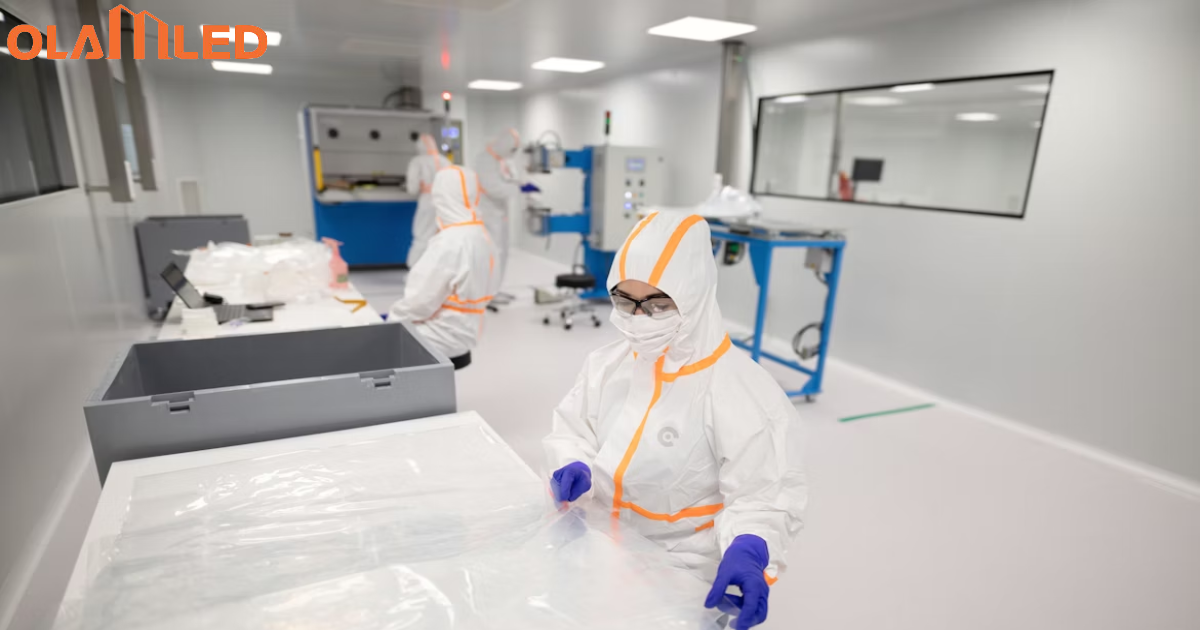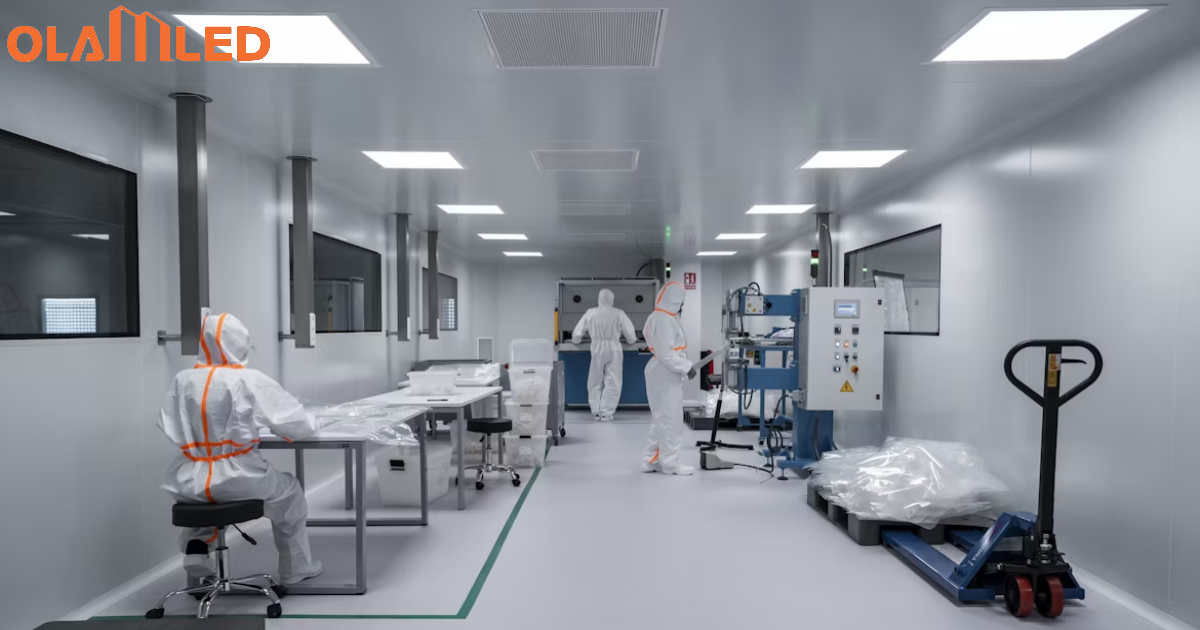Introduction
In the realm of modern lighting, LED bulbs stand out as a beacon of innovation, transforming how we illuminate our homes and workplaces. These bulbs are lauded for their unmatched energy efficiency, cost-effectiveness, and the ability to produce high-quality light that rivals natural sunlight. However, like any pioneering technology, LED lighting is not without its challenges. Despite their impressive array of benefits, several issues hinder the universal adoption and optimal performance of LED bulbs. This article delves into the intricacies of LED lighting, shedding light on the most significant problems that consumers and industries face. From the initial cost barrier to technical limitations and environmental considerations, we aim to provide a comprehensive overview of the hurdles associated with LED bulbs, offering insights into the complexities behind the bright, energy-saving glow.
Cost-Effectiveness Dilemma
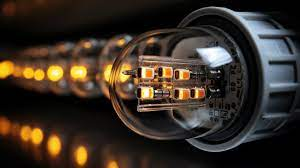
One of the most lauded benefits of LED bulbs is their cost-effectiveness, a characteristic that shines bright in the long-term analysis of lighting options. Yet, this advantage is often obscured by the initial price tag, which can be significantly higher than that of traditional incandescent or fluorescent bulbs. To the average consumer, this upfront cost can seem daunting, casting a shadow over the long-term savings that LED technology promises.
The dilemma lies in the perception of value versus the reality of investment. High-quality LED bulbs, while more expensive at the point of purchase, consume substantially less energy than their older counterparts and boast longer lifespans, translating to lower utility bills and fewer replacements over time. This section examines the economic paradox that consumers face: the juxtaposition between the immediate financial outlay and the eventual cost savings.
Understanding the true cost-effectiveness of LED lighting requires a shift in perspective. By evaluating the total cost of ownership, which includes the purchase price, energy consumption, and lifespan, the financial benefits of LEDs become apparent. For instance, a typical LED bulb can last up to 25,000 hours, compared to just 1,000 hours for an incandescent bulb and 8,000 hours for a fluorescent light. When the energy savings are factored in, the initial investment in LED lighting can pay for itself multiple times over the course of its use.
Moreover, advancements in LED technology and increased market competition are gradually reducing the cost of LED bulbs, making them more accessible to a wider audience. However, the challenge remains in educating consumers about the economic and environmental merits of making the switch to LEDs. This involves not only highlighting the long-term savings but also addressing the quality and performance benefits that accompany the higher initial expenditure.
In essence, the cost-effectiveness dilemma of LED bulbs is a nuanced issue, rooted in consumer perceptions and market dynamics. Overcoming this hurdle requires a comprehensive approach that encompasses education, technological innovation, and policy support, aiming to illuminate the path towards a more sustainable and economically savvy lighting future.
Quality Variations in LED Lighting
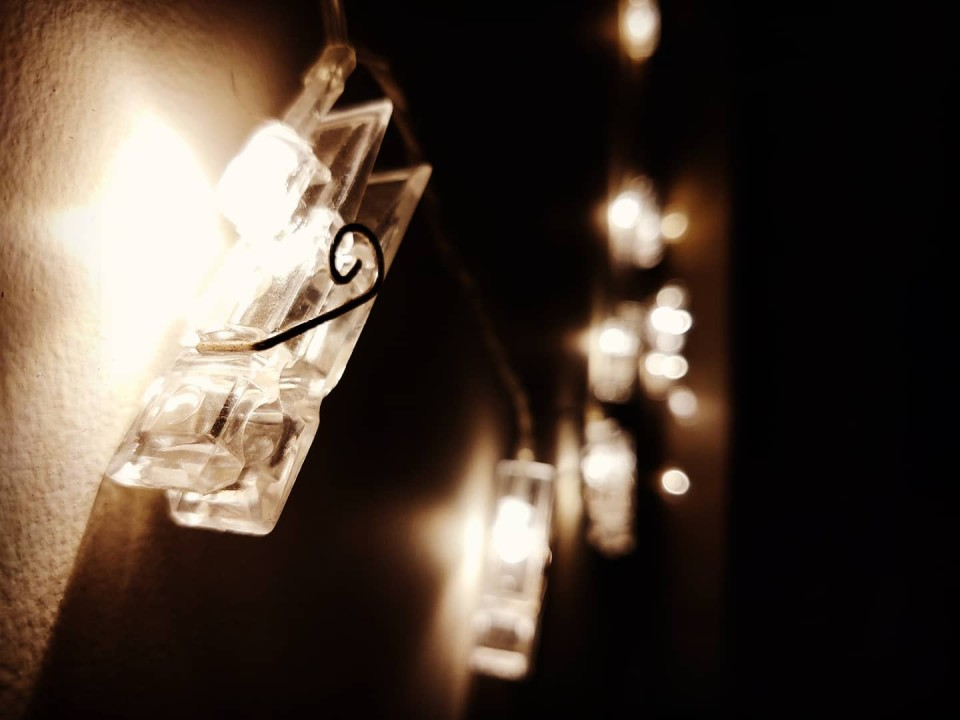
As the LED market flourishes, consumers are met with a dazzling array of options, ranging from bargain-bin finds to premium lighting solutions. This vast selection, however, comes with its own set of challenges, particularly the significant variations in quality among available LED products. Navigating this landscape to identify high-quality LED bulbs can be daunting, especially without a deep understanding of the technical specifications that denote superior performance.
High-quality LED lighting is characterized by its luminous efficiency, color accuracy, and consistency, factors that are critical in ensuring a pleasant and effective lighting environment. Lumens, not watts, measure the brightness of LED bulbs, a departure from traditional lighting metrics that can confuse consumers. Additionally, the color temperature, indicated in Kelvin, affects the warmth or coolness of the light, while the Color Rendering Index (CRI) measures how accurately colors appear under the bulb’s light compared to natural sunlight.
Unfortunately, the market is saturated with LED products that compromise on these key aspects to cut costs, resulting in poor color rendering, uneven light distribution, and a propensity for flickering. These low-quality LEDs not only degrade the user experience but can also lead to increased eye strain and a general dissatisfaction with LED technology.
Moreover, the durability and lifespan of LED bulbs are heavily influenced by their quality. Premium LEDs are designed with advanced thermal management systems to dissipate heat effectively, ensuring longevity and consistent performance over time. In contrast, inferior products may overheat and fail prematurely, negating the long-term savings and environmental benefits that make LED lighting appealing.
Addressing the issue of quality variations in LED lighting requires consumer education and vigilance. Shoppers should look beyond the price tag and scrutinize product specifications, manufacturer reputation, and warranty offerings. Independent certification marks, such as ENERGY STAR, can also serve as reliable indicators of quality and performance.
In conclusion, the quality variations in LED lighting represent a significant challenge for consumers and the industry alike. By prioritizing education and transparency, both manufacturers and regulatory bodies can help guide consumers towards high-quality LED products that deliver on the promise of efficient, sustainable, and reliable lighting solutions.
Energy Efficiency Misconceptions
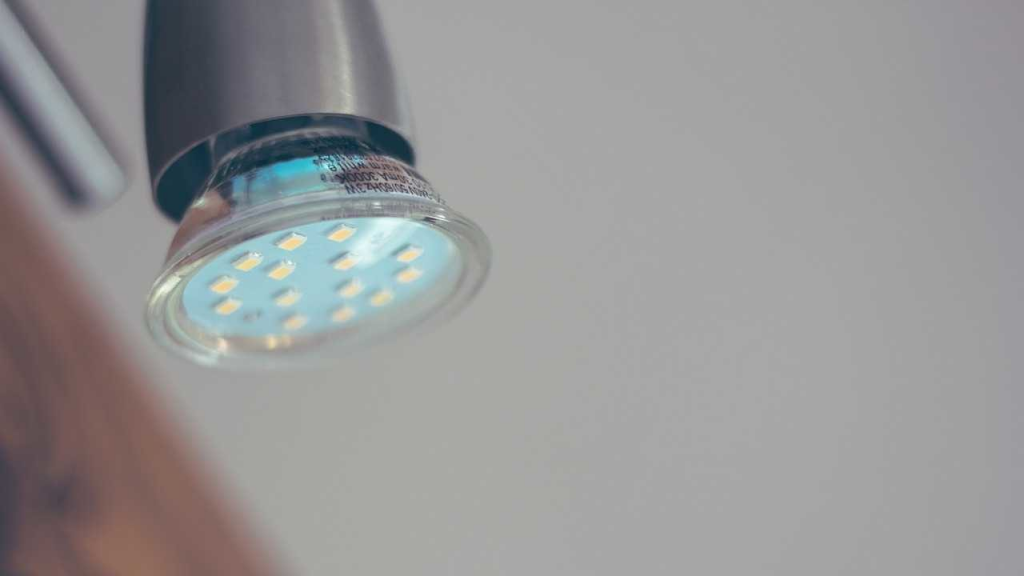
LED bulbs are heralded for their unparalleled energy efficiency, a cornerstone feature that underpins much of the enthusiasm surrounding their adoption. This efficiency not only promises significant reductions in electricity consumption but also contributes to broader environmental sustainability goals. However, prevailing misconceptions about LED energy efficiency can cloud consumer understanding and expectations, leading to suboptimal usage and diminished benefits.
One common misconception is that all LED bulbs are created equal in terms of energy savings. In reality, the efficiency of LED lighting can vary widely based on the quality of the bulb, its design, and the specific application for which it is used. For instance, an LED bulb that is well-suited for ambient lighting in a residential setting may not perform as efficiently in a commercial or industrial environment where specialized lighting conditions are required.
Another area of confusion arises from the installation and use of LED bulbs in existing lighting fixtures not designed for them. Without proper compatibility, LED bulbs may not operate at their maximum efficiency, potentially leading to higher energy use than anticipated. This is particularly true for dimmable LEDs, which require compatible dimmer switches to adjust light levels without compromising efficiency or lifespan.
Furthermore, the perceived energy efficiency of LEDs can lead some users to overlook the importance of smart usage practices. While LEDs do consume less energy, indiscriminate use, such as leaving lights on unnecessarily or using more bulbs than needed, can offset the energy-saving benefits. Integrating LED lighting with smart home systems and sensors can help maximize efficiency by automating lighting based on occupancy and natural light levels, further enhancing the energy-saving potential of LED technology.
Addressing these misconceptions requires a two-pronged approach: educating consumers on the nuances of LED energy efficiency and encouraging manufacturers to provide clearer information on bulb compatibility, optimal use cases, and installation guidelines. By dispelling myths and providing practical guidance, stakeholders can ensure that the transition to LED lighting achieves its full potential for energy savings and environmental sustainability.
In conclusion, while LED bulbs represent a significant advancement in energy-efficient lighting, understanding their optimal use and limitations is crucial. By confronting misconceptions head-on, consumers, manufacturers, and policymakers can work together to harness the true energy-saving power of LED technology, paving the way for a brighter, more sustainable future
Technical Challenges and Limitations
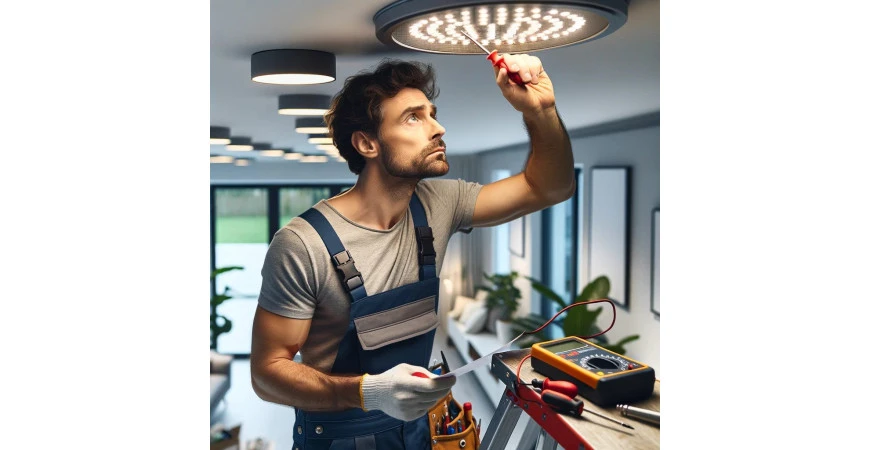
Despite the widespread acclaim for LED bulbs regarding their efficiency and longevity, they are not without their technical challenges and limitations. These obstacles can sometimes impede the seamless integration of LED lighting into existing systems and environments, highlighting the need for ongoing innovation and adaptation in the field of lighting technology.
A primary technical challenge facing LED bulbs is their compatibility with traditional dimming systems. Unlike incandescent bulbs, which dim seamlessly when the voltage is lowered, LEDs require specific dimmer switches designed to handle low electrical loads. Without these compatible dimmers, users may experience flickering, reduced lifespan of the bulb, or even failure to dim at all. This issue necessitates additional investment in compatible dimming technology, which can deter consumers and complicate the transition to LED lighting.
Thermal management is another crucial aspect of LED performance. LEDs generate heat that, if not properly dissipated, can significantly shorten the lifespan of the bulb and degrade its efficiency. High-quality LED bulbs are designed with heat sinks or other cooling mechanisms to manage this heat effectively. However, in poorly designed LEDs, inadequate thermal management can lead to overheating, reduced output, and premature failure, contradicting the long-touted benefits of LED durability and energy savings.
Electromagnetic interference (EMI) poses an additional technical limitation. Some LED bulbs can interfere with radio and telecommunications equipment due to the electromagnetic fields they generate. This issue is particularly pertinent in sensitive environments, such as hospitals or aviation, where interference can have serious implications. Ensuring that LED bulbs meet strict EMI standards is essential to mitigate these risks and ensure their safe and harmonious operation within a range of settings.
Retrofitting challenges also arise when incorporating LED bulbs into existing lighting fixtures not originally designed for them. While LED retrofit kits are available, they may not always provide optimal performance or aesthetics, leading to uneven lighting, incompatible color temperatures, or unsatisfactory illumination levels. These retrofitting challenges underscore the importance of considering LED-specific designs in new constructions or extensive renovations for optimal lighting outcomes.
In conclusion, while LED technology marks a significant advancement in lighting, addressing its technical challenges and limitations is crucial for maximizing its benefits. Ongoing research and development, coupled with consumer education on selecting and installing the right LED products, are key to overcoming these hurdles. As the technology evolves, it is anticipated that many of these challenges will be mitigated, further cementing LEDs’ position as the premier choice for sustainable, efficient, and high-quality lighting solutions.
Environmental and Health Concerns

While LED bulbs are celebrated for their energy efficiency and potential to reduce carbon footprints, it’s essential to consider the environmental and health concerns associated with their production, use, and disposal. Understanding these issues is crucial for mitigating negative impacts and harnessing the full potential of LED technology in a sustainable manner.
One environmental concern involves the materials used in the manufacture of LED bulbs. LEDs contain rare earth elements and other materials that may have limited availability and can be harmful if not handled or disposed of properly. The extraction and processing of these materials can lead to environmental degradation and health risks for workers in the industry. Additionally, while LED bulbs contain less hazardous substances than their fluorescent counterparts, they do include components like lead and arsenic, which pose disposal challenges. Proper recycling and disposal mechanisms are essential to prevent these substances from contaminating landfills and entering the ecosystem.
From a health perspective, the blue light emitted by LED bulbs has been a topic of discussion among researchers and healthcare professionals. While blue light is a natural part of the spectrum present in daylight, excessive exposure, especially during evening hours, can disrupt human circadian rhythms, affecting sleep patterns and overall well-being. This is particularly concerning in an era where screens and artificial lighting dominate our environments. However, it’s important to note that not all LED lighting is created equal, and many manufacturers now offer products designed to minimize harmful blue light exposure.
Furthermore, the intense brightness and potential flickering of some LED lights can cause discomfort or exacerbate conditions such as migraines and photosensitive epilepsy in sensitive individuals. Ensuring that LED products meet quality standards for light dispersion and minimize flicker can help mitigate these health risks.
Addressing these environmental and health concerns requires a multi-faceted approach. Consumers and manufacturers alike can prioritize products designed with sustainability and safety in mind, opting for LEDs with lower blue light emissions and recyclable components. Regulatory bodies and industry standards can also play a pivotal role in guiding the development and disposal of LED products, ensuring they contribute positively to environmental and public health goals.
In conclusion, while LED bulbs offer significant advantages in terms of energy efficiency and longevity, it’s vital to navigate the environmental and health concerns associated with them thoughtfully. By adopting responsible production, use, and disposal practices, alongside continued research into minimizing adverse effects, LED technology can continue to be a cornerstone of sustainable lighting solutions well into the future.
Conclusion
As we have explored the various facets of LED lighting, from its cost-effectiveness dilemma to the environmental and health concerns, it’s evident that LED bulbs represent a significant advancement in lighting technology, offering benefits that far surpass traditional lighting solutions. Despite the challenges and limitations that accompany their adoption, the potential of LED bulbs to revolutionize energy consumption patterns, reduce environmental impact, and enhance the quality of light in our lives remains unparalleled.
The journey toward fully realizing the advantages of LED lighting requires a collective effort from consumers, manufacturers, and policymakers. Consumers must be educated about the nuances of LED technology, enabling them to make informed decisions that balance cost, quality, and sustainability. Manufacturers, on their part, have a responsibility to address the technical challenges of LED bulbs, ensuring compatibility, longevity, and minimal environmental impact. Moreover, policymakers and regulatory bodies can support this transition by establishing standards and guidelines that promote the use of high-quality, environmentally friendly LED products.
Looking ahead, the continuous advancements in LED technology promise to mitigate many of the current challenges, making LEDs even more efficient, affordable, and adaptable to a wide range of lighting needs. The evolution of LED lighting is a testament to human ingenuity and our commitment to sustainable development. As we navigate the complexities of modern lighting, LED bulbs stand as beacons of progress, illuminating the path toward a brighter, more energy-efficient future.
In conclusion, the adoption of LED lighting is not just a technological shift but a paradigm change in how we perceive and utilize light. By addressing the highlighted problems and embracing the opportunities for improvement, we can harness the full potential of LED bulbs, ensuring that they continue to play a pivotal role in our sustainable and energy-efficient future.
